Less than keen on having a ‘second brain’:
“I only have one brain, and it’s internal, thankfully. But I’m still very happy with the idea of the ‘extended mind’. My brain remains firmly in my skull, but it nevertheless uses the environment in many different ways to extend its capabilities.”
- The mastery of knowledge is an illusion
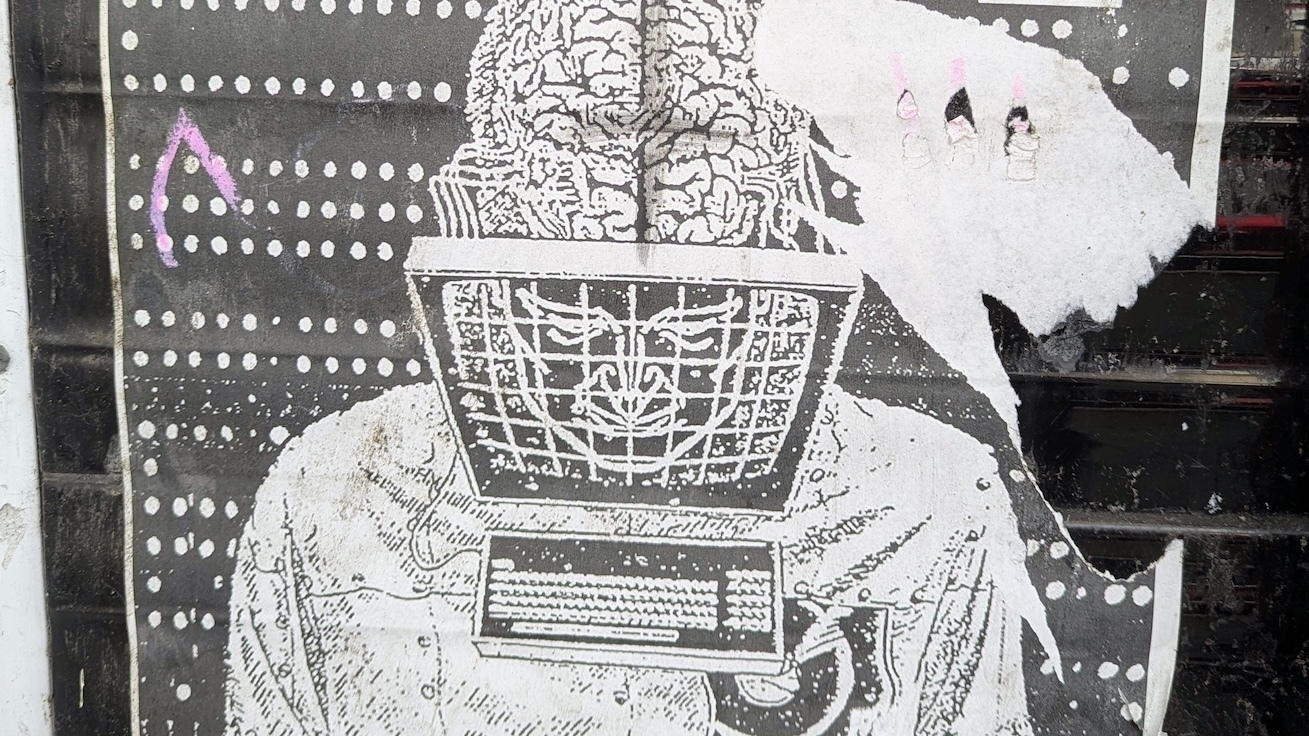
I saw this poster on the street but it’s originally from Cyberpunk Videozine vol.1 (1999).
#pkm #notetaking #zettelkasten
💬 Most attempts at providing computerised tools for writers have thrown out the affordances that previous analogue systems offered, almost without noticing their loss. - writingslowly.com on Ted Nelson’s evolutionary list file.
“Sometimes it’s just nice to know there are other people out there quietly thinking things through.” - writingslowly.com
📷Photo challenge day 30: solitude.
💬"I am the Cat who walks by himself, and all places are alike to me." - Rudyard Kipling.
And there’s more solitude.
#mbjune
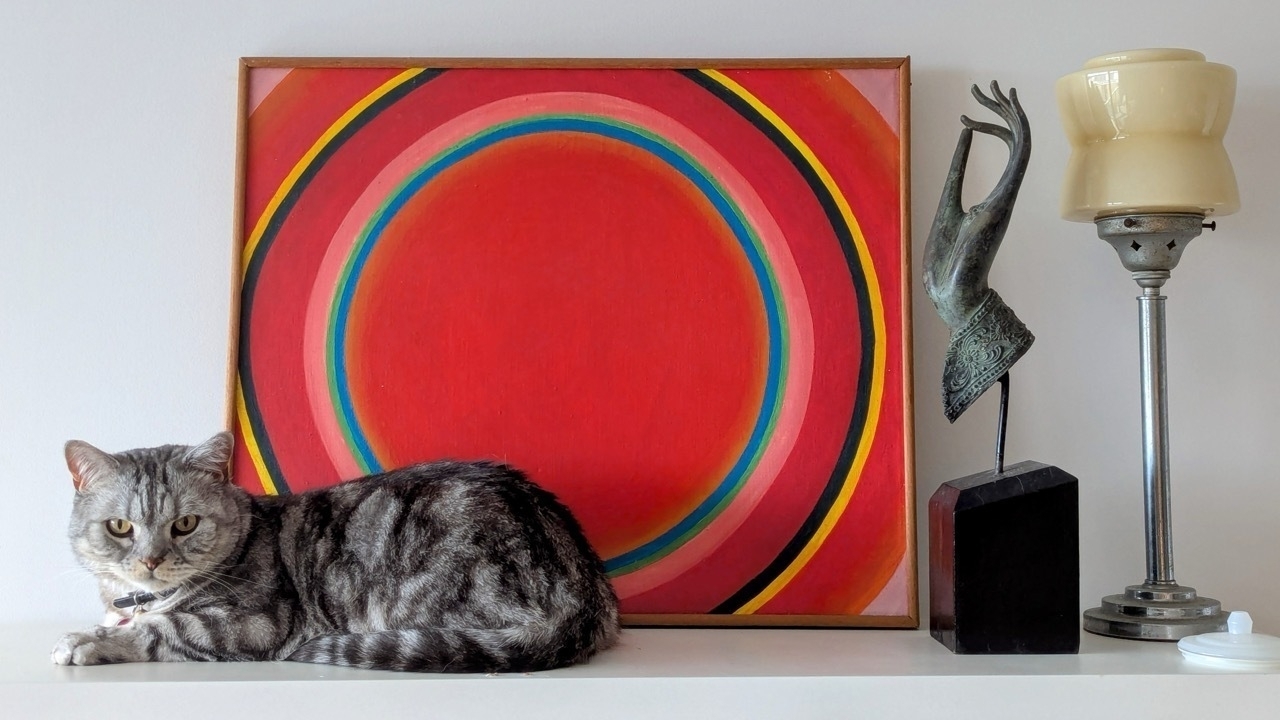
Don't let your note-making system infect you with Archive Fever
The Zettelkasten note-taking system offers a structured approach to organizing thoughts but might induce “archive fever,” which may lead to an obsession with preservation over actual writing. Here’s how to protect yourself.
📷 Photo challenge day 26: bridge.
I’ve used this as a metaphor for writing, but it’s also a real bridge, of which #Sydney has many more than the famous one across the harbour. The image shows the causeway to Bare Island, at the mouth of Kamay, Botany Bay.
#mbjune

📷 Photo challenge day 29: winding.
It’s well worth taking a look inside White Bay Power Station in #Sydney - as previously seen on day 7 and day 5. Oh, and day 23 last year.
See the whole #mbjune photogrid.
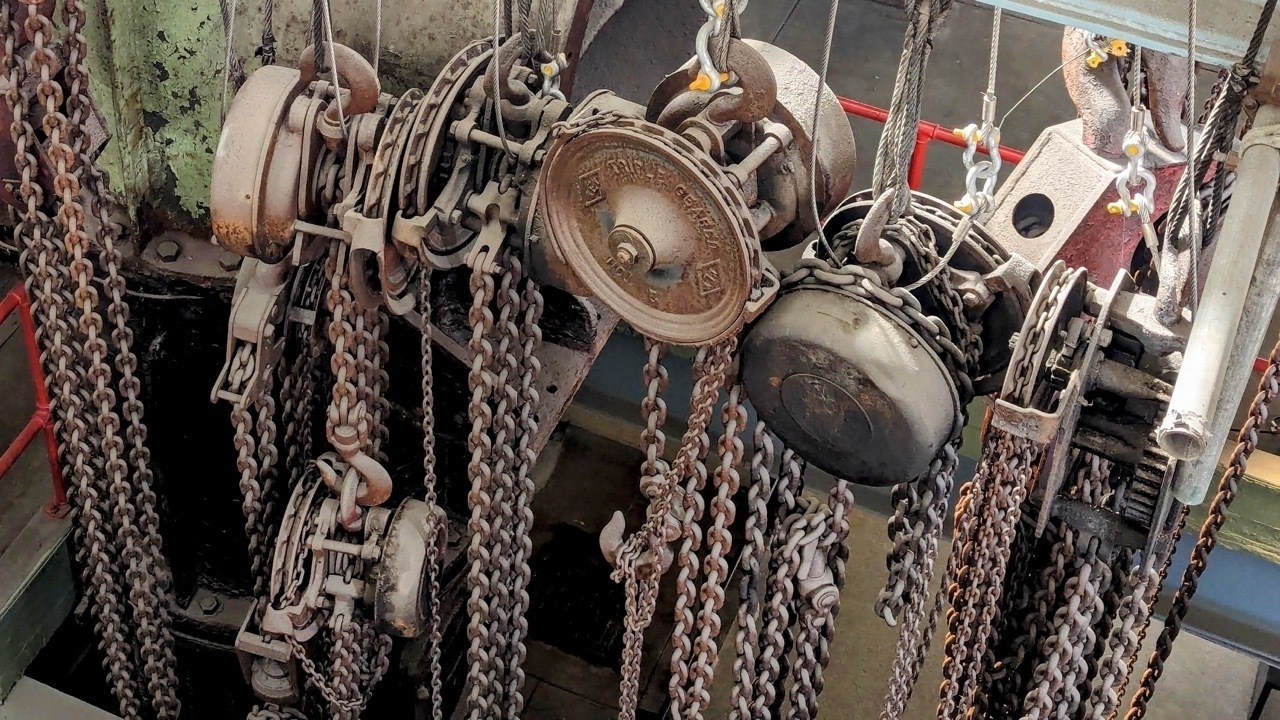
📷 Photo challenge day 28: ephemeral. A reminder that our leaders don’t last forever, or even for as long as they’d like to. I spotted this election button on the very last day the Leura toy museum was open, in the Blue Mountains, just West of #Sydney.
#mbjune
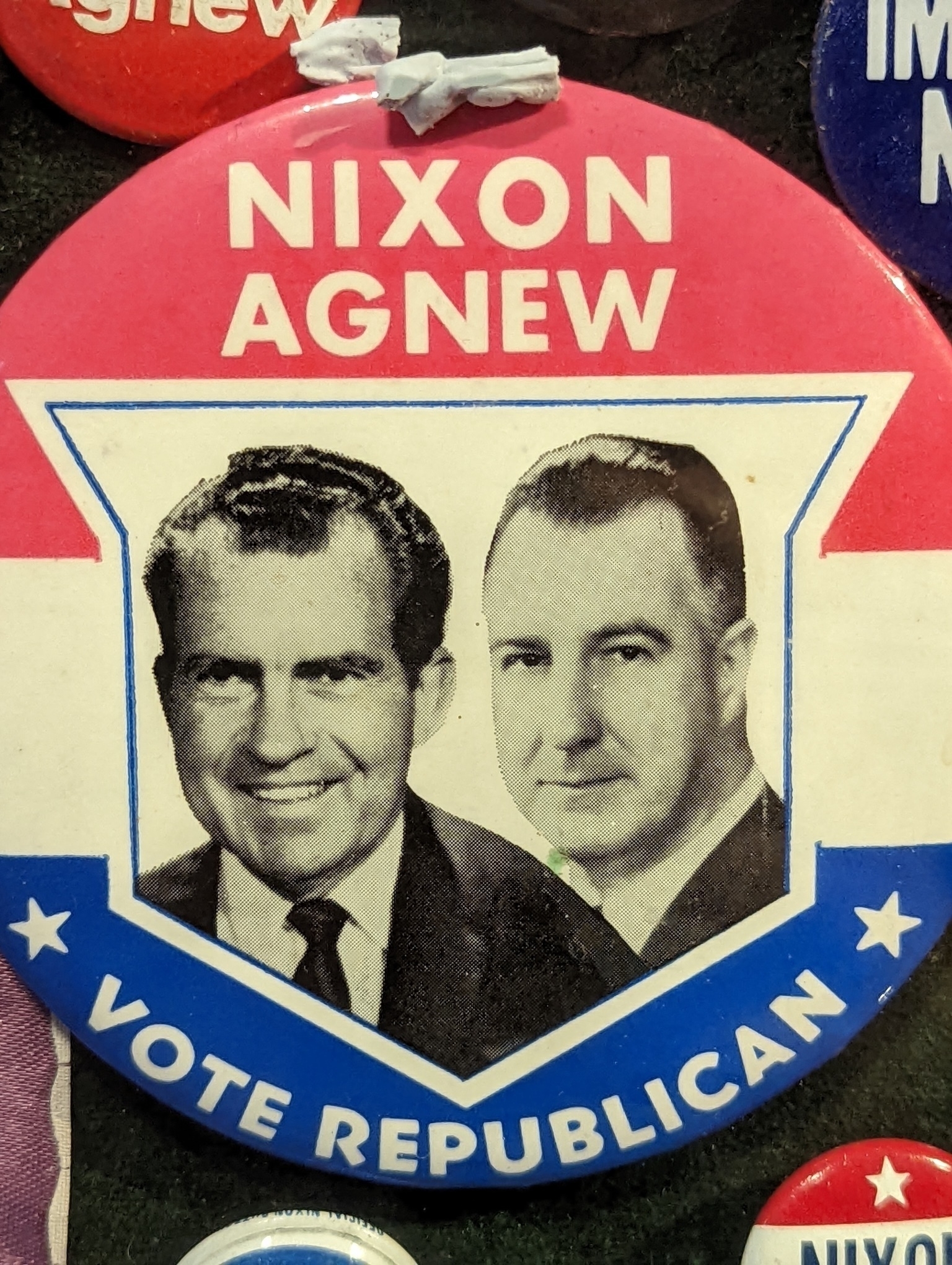
📷 Photo challenge day 27: collective. Rainbow lorikeets are among the most commonly seen #birds in #Sydney.
#mbjune
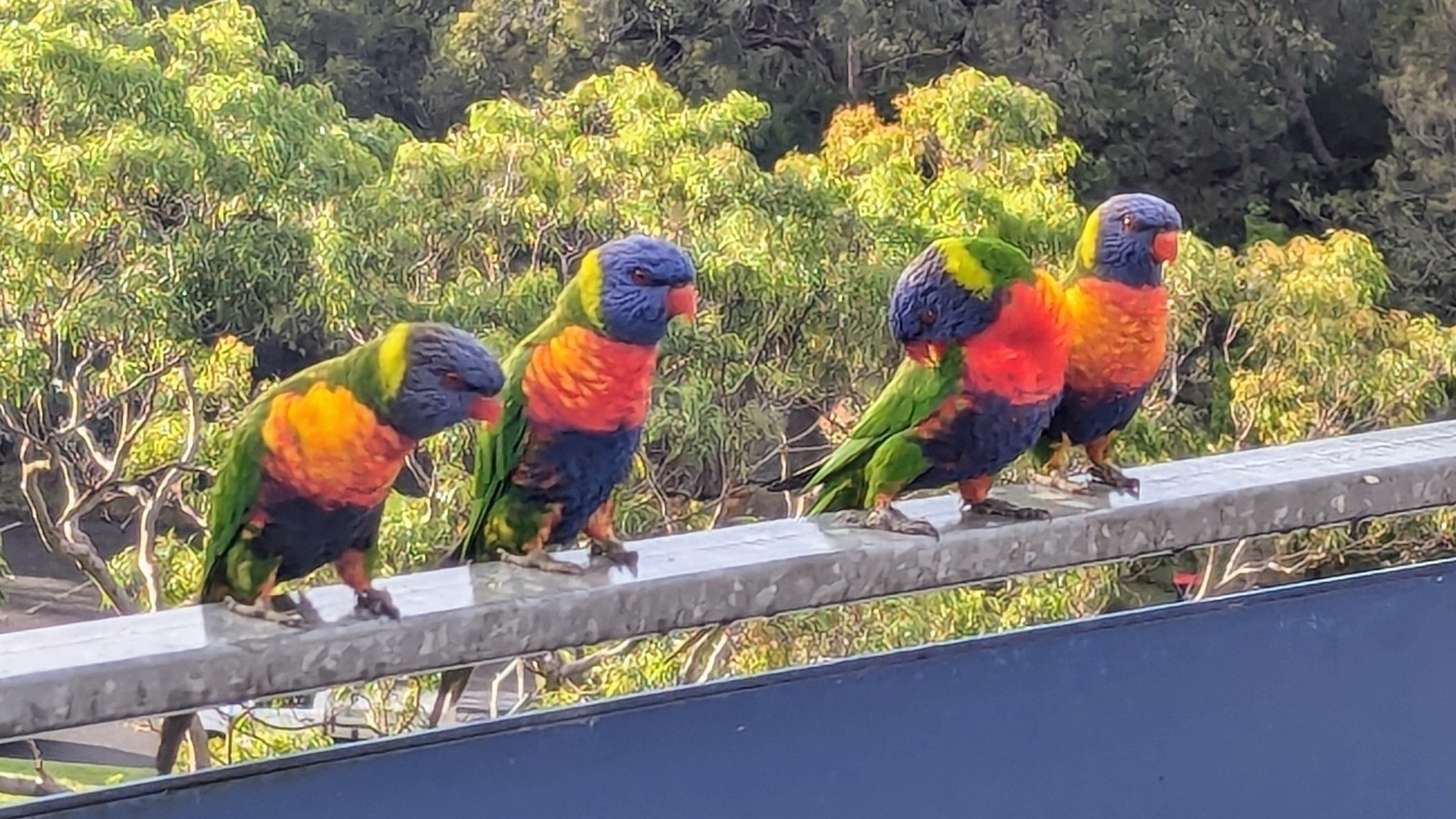
💬"In these unprecedented times, it’s more important than ever to find better ways to care for and love our neighbors," - Mon Rovîa.
See also: Who says to care is to disobey?
📷 Photo challenge day 25: decay.
My worm farm is amazing! By turning waste into compost these little wrigglers perfom a kind of magic.
It’s also a metaphor for my writing process. I don’t worry if the input is rotten. The output will be quite different.
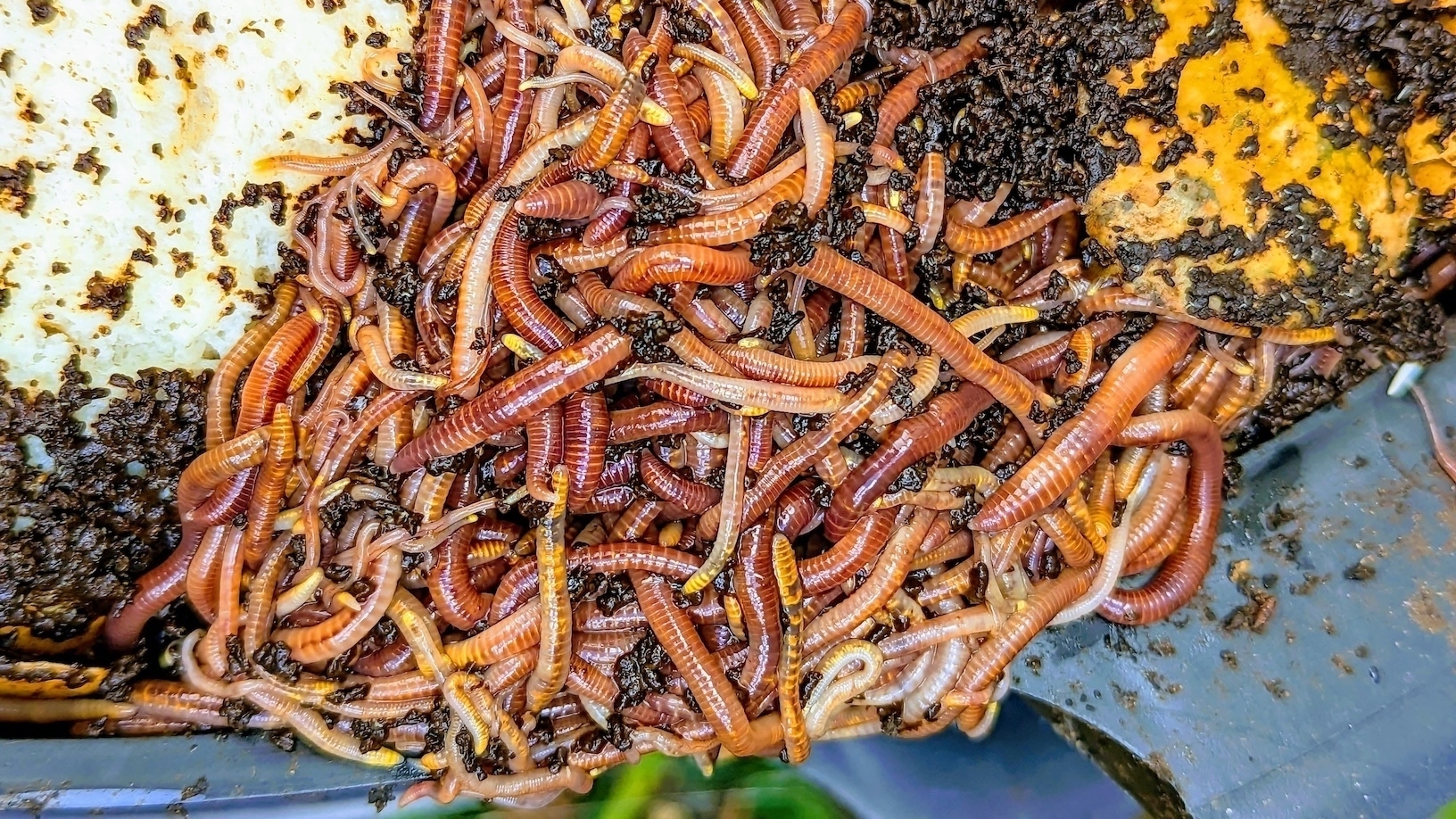
See also: No writing is wasted
📷 Photo challenge day 24: bloom.
The bougainvillea does get a bit unruly, but it’s probably worth it. #mbjune

📷 Photo challenge day 23: fracture.
A crack in reality at the Edogawa Japanese Garden, north of #Sydney
#mbjune

Don’t throw away your old notes
Don’t throw out your old notes, even if you feel overwhelmed by them. Here are some helpful ideas on what to do instead.
💬 Back in 2018 I said “the next Web will be fit for humans”.
And how did that little prediction go? Well, I’ve updated my original post with some reflections.
📷 Photo challenge day 22: hometown.
The view from Yerroulbine (Balls Head) on our mid-winter walk in #Sydney yesterday. From this angle Me-mel (Goat Island) seems impossibly close to the CBD.
#mbjune

How Walter Breuggemann shaped me
At its best, a family can be ‘a communal network of memory and hope in which individual members may locate themselves and discern their identities’
📷 Photo challenge day 20: gather.
Six seagulls gather on a sandstone rock at La Perouse, #Sydney.
#mbjune
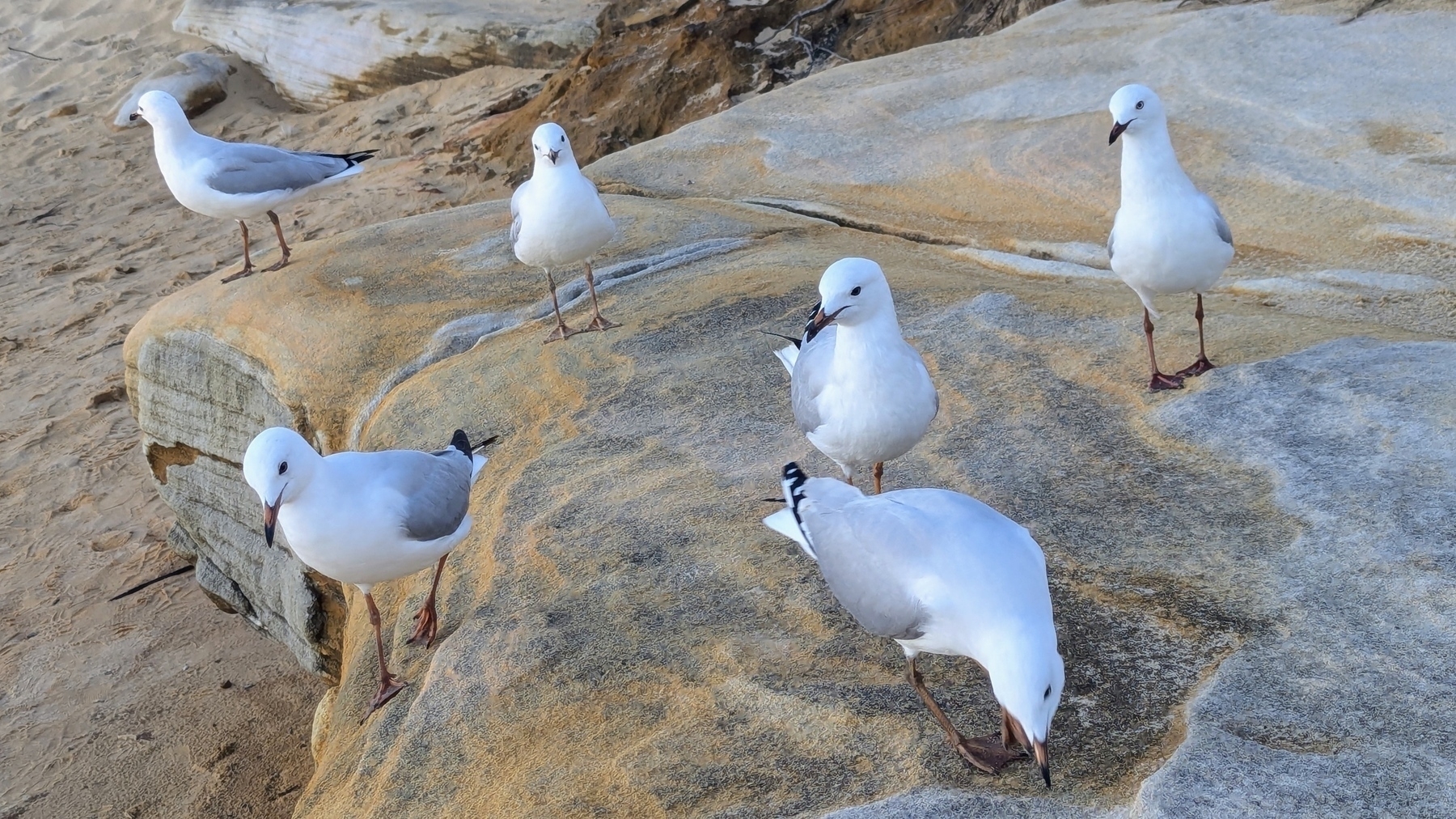
What to do when you've made some notes: Start writing
The next step after taking notes is to create a finished piece of writing, acknowledging that the first draft may be disorganized but serves as a foundation for improvement.
